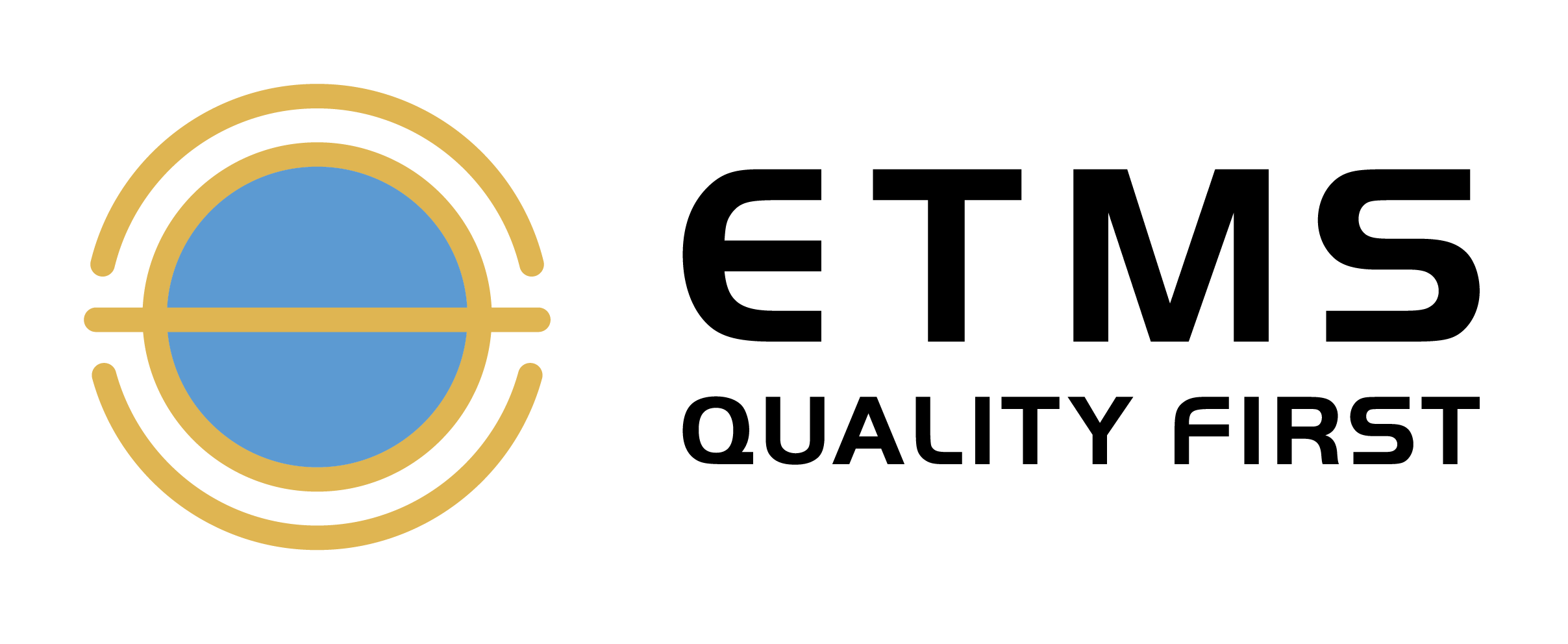Background: Damage sustained by welded steel moment frame buildings in the 1994 Northridge earthquake, and extensive research conducted by FEMA/SAC program following that earthquake, demonstrated that in order to obtain adequate performance of welded steel structures under conditions of severe earthquake induced inelastic straining, additional controls on design, detailing, materials, workmanship, testing, and inspection are necessary.
This research resulted in substantive changes to the AISC seismic provision, which control the design of steel Seismic Force Resisting Systems (SFRS) designed to withstand severe inelastic straining as well as certain aspects of the materials and detailing of the systems.
AWS D1.8 Structural Welding Code Seismic together with AWS D1.1 Structural Welding Code – Steel specifies the acceptable materials, procedures, and workmanship for constructing welded joints in SFRS designed in accordance with the AISC Seismic Provisions as well as the procedures and acceptance criteria for quality control and quality assurance inspection of welded joints in the SFRS.
 As stated in AWS D1.8 ultrasonic testing of welds (Demand Critical) shall be done according to the Quality Assurance Plan (QAP) and prescribed UT procedures in AWS D1.1 Clause 6, Part F, following a written procedure containing the elements prescribed in AWS D1.1 Clause Q3 of Annex Q. Acceptance criteria per Table Q.1. Annex F is for qualification of the Level II technician and Annex H “Flaw Sizing by Ultrasonic Testing.”
As stated in AWS D1.8 ultrasonic testing of welds (Demand Critical) shall be done according to the Quality Assurance Plan (QAP) and prescribed UT procedures in AWS D1.1 Clause 6, Part F, following a written procedure containing the elements prescribed in AWS D1.1 Clause Q3 of Annex Q. Acceptance criteria per Table Q.1. Annex F is for qualification of the Level II technician and Annex H “Flaw Sizing by Ultrasonic Testing.”
Today implementation of AWS D1.8 is becoming common place in structural construction, but not only on the West Coast of the United States where awareness of seismic activity is considered commonplace. Increasingly frequent, AWS D1.8 is utilized in geographic regions previously not considered susceptible to seismic damage. This is detailed by the USGS in a report published in 2015 that states…
“More than 143 million Americans living in the 48 contiguous states are exposed to potentially damaging ground shaking from earthquakes. When the people living in the earthquake-prone areas of Alaska, Hawaii and U.S. territories are added, this number rises to nearly half of all Americans”
And according to the report, Metropolitan Areas such as Washington DC, Dallas, Atlanta, Chicago and New York City are now considered to have a high intensity potential of sustaining damage due to seismic activity in the next 50 years.

What this points to is a much heavier reliance on the D1.8 Seismic Supplement in the near future for Steel Structural Construction, meaning that not only production personnel, but inspection personnel must develop and maintain proficiency in the Supplement. In particular, the UT Level II Technician and the Level III personnel must develop a complete comprehension of the supplement and flaw sizing techniques in order to perform inspection tasks in order to satisfy requirements.
